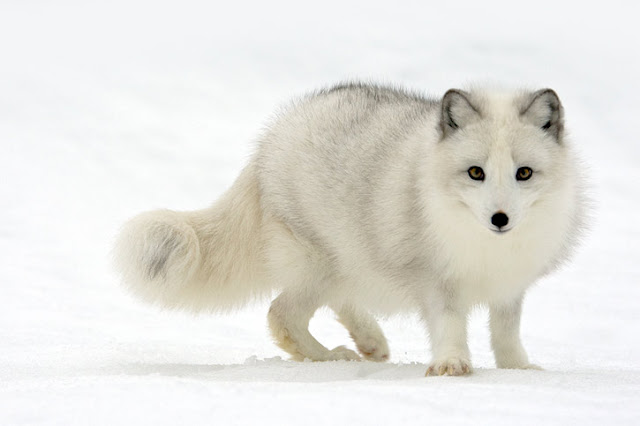1. The Safari guide will be a very important element of the trip since they can provide local knowledge of the area and leadership. Their experience will save the group valuable time and energy.
2. Since most photos in African Safaris are taken from
vehicles, a protective case for your camera would come in handy as you could
use the stopped vehicle as a camera rest. The case would also help keep the
camera free of dust.
3. In conjunction with the case, a cushion would decrease
the amount of shock a camera would absorb if you were taking shots from a
moving vehicle and hit a bump in the road.
4. If you bring a large camera or are looking for extra
stability, but a tripod over a bi or monopod. This will make using taking
pictures smoother.
5. From the articles, I gathered that bringing extra cameras
and lenses is a good idea. That being said, multiple pieces of equipment aren’t
always an option due to financial and space limit.
1.
From the Nature and Photography article, I gathered that we as
photographers need to take photos in a manner that engages the public. We need
to get a message of across instead of taking photographs for the sole purpose
of making money. It’s all about getting the public to see their connection to
nature, not being in the profession/hobby just for profit in other words.
2.
Eco-friendly tourism encourages an in depth connection to
nature. When tourists consider how their actions will affect elements of
nature, they will be less likely to cause harm to natural elements. They will
consider working with nature rather than against it. Once photographers learn
to work with their subjects, there quality of their work should improve as
their awareness increases.
3. Photographers should take extra care to avoid disturbing animals
during the breeding season. A disturbance could cause animals to vacated
traditional mating grounds, leading to decreased offspring production. Interaction with young animals or frightening
a mother with young animals can also lead to offspring mortality as the adult
animals sometimes abandon or lose track of their offspring in high stress
situations.
4. As tourists and photographers, we should resist the urge
to feed animals as well. If wild animals are fed, they can grow dependence for
handouts and slowly lose their natural abilities to gather food. If handouts stop being given after an animal
has built a dependence on them, the animal make die of starvation before it can
readjust.
5. You may want to keep the location of certain photographs
a secret if they are fragile or pristine. The reason for this is that the
general public may damage them in the case of cultural resources by vandalism
or introduction of invasive species. In the case of animals, they may disturb
the species at a crucial time of year leading to many negative side effects.





























































